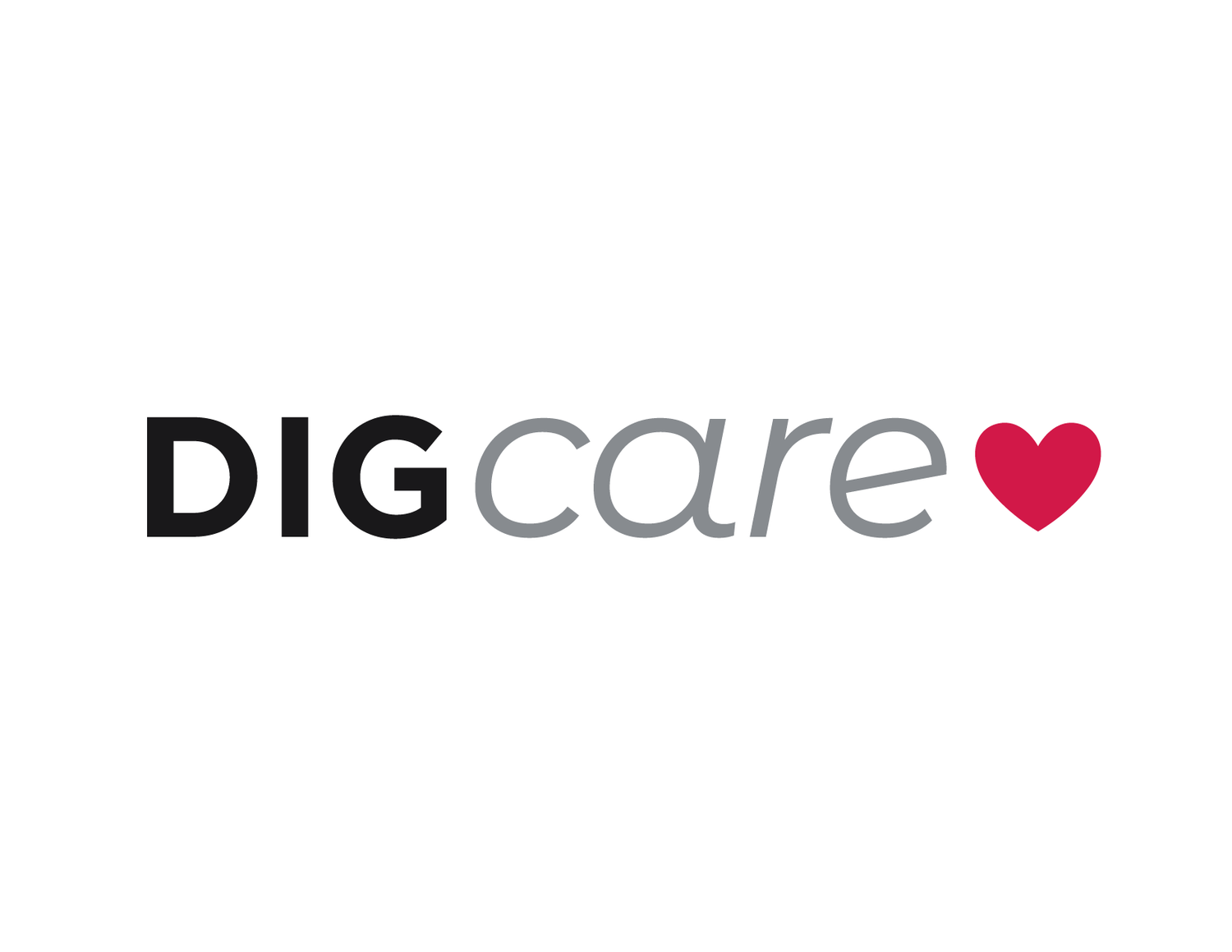Health & Safety Tips: Back To School
Social distancing is obviously not possible in a classroom situation and depending on the air circulation system, the presence of windows, and what time of year it is, it might be difficult if not impossible to maintain safe air quality. So what CAN you do to improve the safety of your pupils against COVID-19 and other deadly pathogens? Here are a few tips and suggestions:
Consider establishing a testing protocol for your school. Encourage staff and families to get tested for COVID-19 before they come back to school. In Los Angeles County, California, testing is free, and other locations are following suit. Check with your own state/county/municipal authorities.
Take everybody’s temperature with a contactless infrared thermometer 3 times a day: before they enter the classroom, when they come back from lunch, and before you send them home.
Put a hand sanitizer station outside of your classroom and require the kids to use it every time they enter the classroom.
This one is a bit controversial and definitely takes some getting used to, but consider requiring the kids to wear masks or at least some sort of face covering inside the classroom. COVID-19 spreads via droplets coming out of people’s mouths and noses. If everybody covers their mouth and nose with a mask, that makes it harder for the virus to spread.
Keep surfaces clean and sanitized by having the kids wipe their desks and chairs with sanitizing wipes or have an adult scan desks and chairs with a UVC wand when the kids are not in the classroom.
Sanitize the whole classroom during breaks by investing in a UVC sanitizer light. UVCs have been known for decades to kill pathogens such as bacteria, mold & viruses without harming humans and they’re much easier to handle than wiping every surface or foggers that might make surfaces wet. More on UVC lights here.
NOTE: The information in this blog has been sourced from reputable websites and specific individuals implementing precautionary measures within their own businesses. DIG is not responsible nor liable for recommending such measures. These guidelines are in place in order to help prevent the spread of the coronavirus (COVID-19), and does not prevent you from contracting any disease or virus. If you have any questions or other concerns regarding COVID-19, please consult with your doctor or another licensed health care professional.
